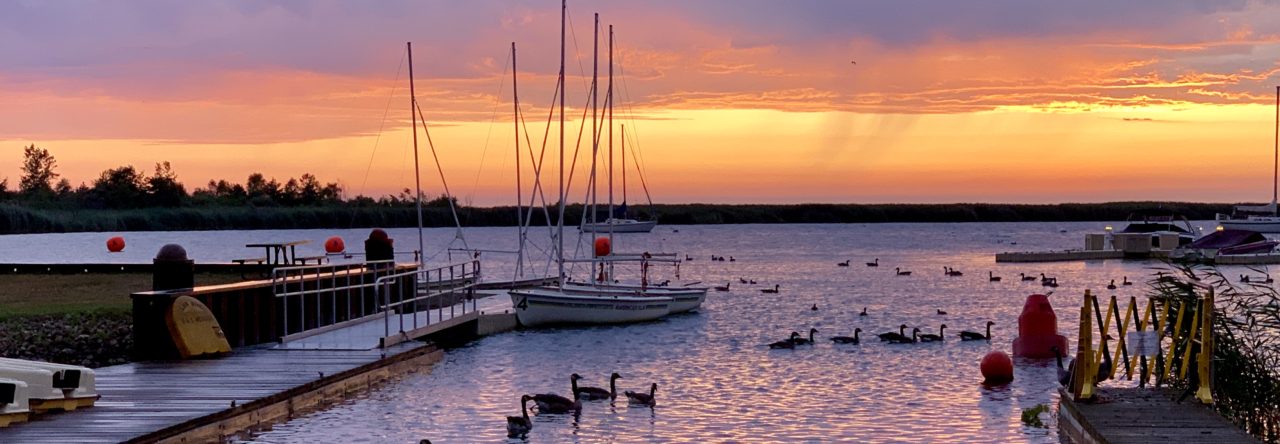In my first temple book I had three remaining pages. I felt the need to bring closure to my first book, especially since I started my second this weekend. I decided to head back to Kamakura and revisit two temples that I had explored before and didn’t have the opportunity to have my book stamped. The third temple was one I hadn’t explored before.
The first one I returned to was the Engaku-ji Temple. I went to this temple for the November Ikebana meeting. The leaves are beginning to fade, but it was still very lovely.


Engaku-ji Temple is one of the five important Zen Temples in Kamakura. The temple was founded in 1282 by a Chinese monk. The ruler of Japan at the time, Tokimune, requested the temple be built. Tokimune had a long-standing commitment to Zen and the temple was intended to honour those of both sides who died in the war, as well as serving as a center from which the influence of Zen could be spread.




The bamboo! I didn’t realize it didn’t lose its leaves in the winter. In fact, it almost appears greener!

Inside the main hall of the temple, there is a beautiful statue of Buddha sitting upon a lotus flower.



After collecting my stamp, I headed out to the Jōchi-ji Temple. I was able to briefly visit this temple when I went for a hike with Tiffany a few weeks ago. This is the temple with the happy Buddha statue.

I took more time to walk around and enjoy the gardens. There was such a variety of colors from the different plants representing three different seasons.
Fall

Winter

Spring

The main hall of the temple also had three statues of Buddha. These statues represented happiness in the past, present and future.

Another path through a bamboo forest.

Finally, after walking through the gardens, I was ready to have my book stamped. This became yet another opportunity to “be bold.”
There was no doorbell. I couldn’t read the signs and Google translate was giving me garbage. I guess there is only one thing to do…. slide the door to the right and walk in. Oh, geez. And so, I did. When I crossed the threshold, a chime sounded and a nice lady came running to stamp my book. Whew.


My third temple of the day was Meigetsu-in Temple. Also known as the “Hydrangea Temple” – (I can’t wait for spring!!)

The temple also had a cute rabbit & turtle display. Rabbits are symbols of peace & luck. Turtles are symbols of longevity.

The temple was completed in 1383 by Uesugi Norikata and believed to hold the grave of Hōjō Tokiyori’s, a warrior monk.



The temple also has a lovely bamboo forest.

One of the Ten Wells of Kamakura.


A zen rock garden.


Someone has a sense of humor. Do you see the frog in the first picture?

Here are two of the paths in the gardens. Notice the sticks on either side. Those are the hydrangeas. Like I mentioned, I will look forward to going back in May/June.


My final stamp in Temple Book 1.

22 stamps. 
The book does not have a spine down the back enabling it to be used in reverse. By flipping the protective cover, the opposite sides of the pages can be used.

However, Dina gave me a great idea to order a picture of each temple and place on the back. This way, I can not only remember where I went, I can also easily share the memories of each temple. Off to order pictures!
PS. I received the BEST NEWS EVER this morning. A friend of ours from Chicago, Beth, has connections with people in the running community and was able to secure me a spot in the Tokyo Marathon. I just registered! Dave and I are going to run Tokyo Marathon in 2017! I could not be more excited! Seriously, I’m busting with excitement to run 26.2 miles with my husband! HA! Beth, thank you so very much for giving me a chance to run happy in Tokyo Marathon 2017! XOXO











































































































































































































































